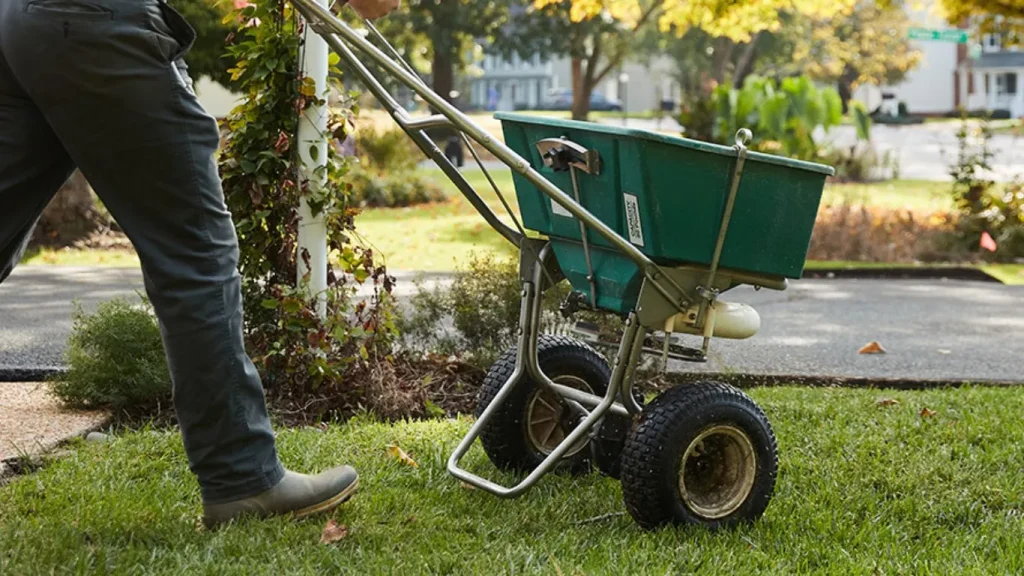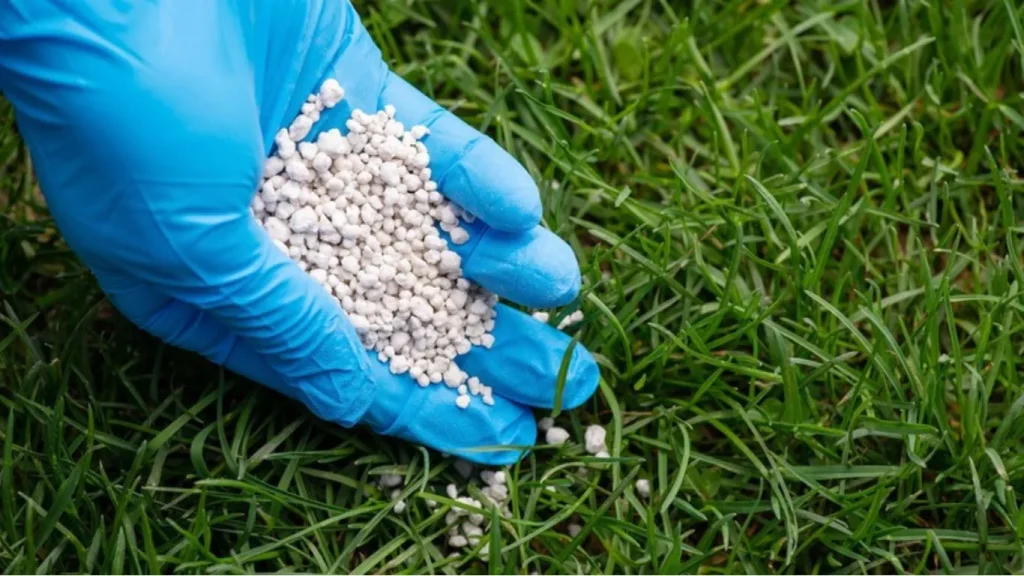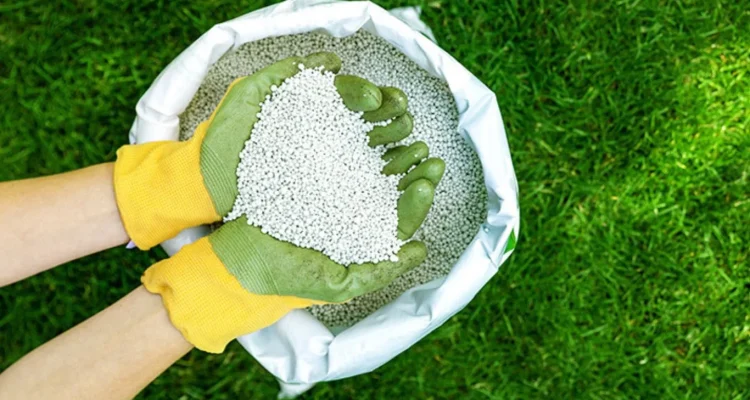Introduction
When it comes to maintaining a lush, green lawn, the right nutrients play a pivotal role. Among these, potassium stands out as a key player. But what exactly does potassium do for lawns, and why should you care? In this article, we’ll dig into the importance of potassium, how it supports lawn health, and practical tips for ensuring your lawn gets the potassium it needs.

What is Potassium?
Potassium is a vital nutrient that plants need for various functions. It’s one of the three primary nutrients (along with nitrogen and phosphorus) that make up the N-P-K ratio on fertilizer labels. Found naturally in many minerals, potassium comes in various forms, including potassium chloride and potassium sulfate, making it accessible for use in gardening and landscaping.
Why Potassium is Essential for Lawns
Potassium plays a crucial role in several key areas of plant health. For one, it supports overall plant growth by facilitating the movement of water and nutrients throughout the plant. Additionally, potassium enhances root development, ensuring that your lawn can absorb moisture and nutrients effectively from the soil.
Potassium and Photosynthesis
Ever wondered how your grass stays green and vibrant? A big part of that answer lies in potassium’s role in photosynthesis. This nutrient helps in the production of chlorophyll, which is essential for capturing sunlight and converting it into energy. Without sufficient potassium, your lawn may struggle to produce the energy it needs to thrive.
Potassium and Disease Resistance
One of potassium’s lesser-known benefits is its ability to enhance a plant’s resistance to diseases. By strengthening cell walls, potassium fortifies your grass against pathogens and environmental stressors. This means a lawn rich in potassium is not only healthier but also more resilient against diseases and harsh weather conditions.
Signs of Potassium Deficiency in Lawns
How do you know if your lawn is lacking potassium? Look for visual symptoms such as yellowing leaves, especially at the tips, and poor growth. Soil testing can also reveal potassium levels, helping you determine if your lawn requires a boost.
How to Apply Potassium to Your Lawn
When it comes to applying potassium, timing and method are key. You can choose to apply potassium through granular fertilizers, liquid fertilizers, or even organic options like compost. The best time to apply potassium is during the growing season, particularly in spring and early fall, to give your grass the best chance to absorb it.
Types of Potassium Fertilizers
There are various potassium fertilizers available, each with its pros and cons. Quick-release fertilizers provide an immediate boost, while slow-release options offer a more prolonged effect. Organic choices, like kelp meal, are also available for those looking to avoid synthetic products.
The Best Potassium Fertilizers for Lawns
When selecting a potassium fertilizer, look for products that are specifically formulated for lawns. Some popular options include products with a higher potassium content in the N-P-K ratio. Always follow the manufacturer’s instructions for application rates and frequency.
Potassium and Lawn Maintenance Practices
Lawn care practices, such as mowing and irrigation, can influence potassium levels. Regular mowing can help maintain nutrient balance, while proper watering techniques ensure that potassium is absorbed efficiently by the roots.
The Relationship Between Potassium and Other Nutrients
Balancing potassium with other nutrients like nitrogen and phosphorus is essential for optimal lawn health. A deficiency in one can affect the uptake of the others, so a well-rounded fertilization plan is crucial.
Environmental Impact of Potassium Fertilizers
While potassium is beneficial for lawns, it’s important to consider its environmental impact. Over-application can lead to runoff and water quality issues. Sustainable practices, such as soil testing and precision application, can help mitigate these risks.
Seasonal Considerations for Potassium Application
Timing your potassium applications according to the seasons is vital. Spring and early fall are ideal for most lawns, but the specific needs may vary based on your climate and the type of grass you have.
FAQs
- What are the signs of potassium deficiency in lawns?
- Yellowing leaves, especially at the tips, and poor growth can indicate a potassium deficiency.
- How often should I apply potassium to my lawn?
- It’s typically recommended to apply potassium in the spring and early fall, but this can vary based on soil testing.
- Can I use organic potassium fertilizers?
- Yes, organic options like kelp meal are effective for supplying potassium.
- Is potassium the same as potash?
- Potash is a term often used to refer to potassium-containing fertilizers, but they are not identical.
- How does potassium interact with other nutrients?
- Potassium helps regulate the uptake of other nutrients; a deficiency in one can affect the absorption of others.

Conclusion
In summary, potassium is essential for a healthy lawn. From promoting root growth to enhancing disease resistance, its benefits are vast. By understanding how to properly apply potassium, you can ensure your lawn remains vibrant and resilient.


Congratulation!